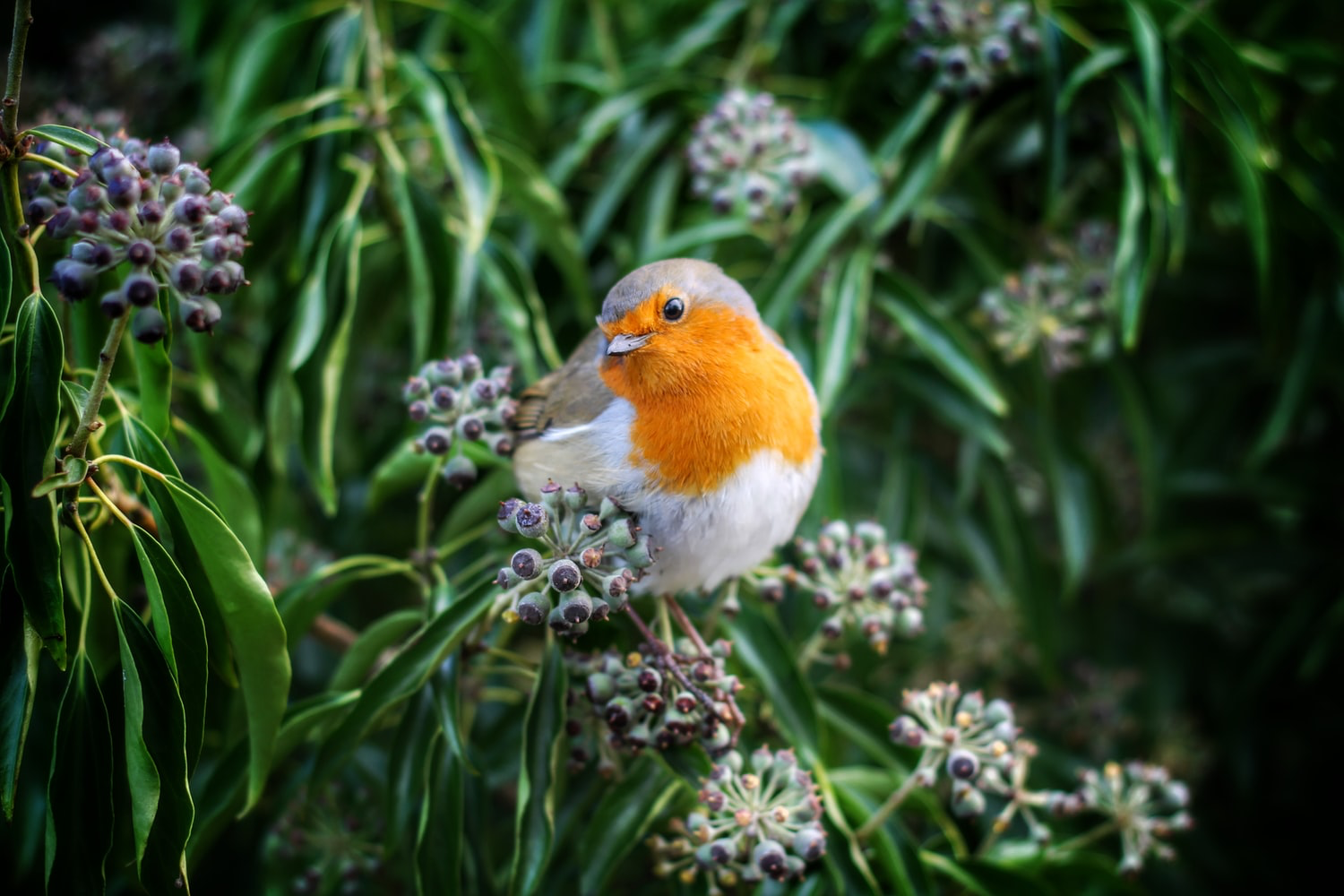Opportunities to get involved in citizen science are all around you. Across the four Observatories of WeObserve, citizen scientists are monitoring issues such as:
During this course, you’ll be learning about how to approach an environmental challenge from the perspective of a citizen scientist. We’ll work through the steps you’d take to start a citizen science campaign and get other people involved.
A good first step for any citizen scientist is to look around at your local area. Take a moment to do a little bit of investigation online or outdoors:
First, a good citizen scientist is interested in learning and discoveries. One of the ways you can get involved in citizen science is by collecting data, such as animal observations or water quality samples. Collecting a lot of these data would not be possible if scientists were working alone. But citizen science is not just about data collection. Analysing data, discovering new phenomena and generating new ideas are also activities that citizen scientists do. They contribute to the scientific process in positive ways, and so can you.
Second, a good citizen scientist has strong attention to detail. They follow guidelines agreed by the project team and engage with other citizen scientists (or the scientists running the project) when they have questions. In some projects, the guidelines are created with citizen scientists to make sure everyone’s needs and goals are included.
Third, a good citizen scientist is curious. Being interested in a specific problem not only helps to motivate you and your fellow participants, but it also means you feel part of a project or the science taking place. Ownership is an important part of citizen science, and you should feel like your contributions are making a difference.

If you want to take part in citizen science, here are some questions to consider, to help you to get out there and get involved:
What interests you?
There are excellent sites such as SciStarter, Zooniverse and Space Hack that can get you started right away. Or check your local newspaper or local environmental groups to see if they are running any citizen science projects near you. Many countries have a national portal for citizen science projects – such as Schweiz Forrscht in Switzerland and Burger Schaffen Wissen in Germany.
At home or in the field?
Think about whether you want to do citizen science from your living room, such as cataloguing galaxies or whether you want to go outside and monitor some phenomenon in the field, such as soil moisture. This will influence your choice of projects. Both are equally valid ways to contribute.
Short or long-term?
Decide if you want to contribute occasionally or get involved in a project over the longer term. In some projects, thousands of volunteers submit one observation each. In others, one single volunteer might submit dozens or hundreds of observations.
 The term 'citizen science' is relatively new, but people have been participating in scientific research for over a century. In the late 1800s, some of the earliest citizen scientists were amateur bird watchers in America who wrote down bird observations on cards and posted them to ornithologists who were studying migratory bird patterns.
The term 'citizen science' is relatively new, but people have been participating in scientific research for over a century. In the late 1800s, some of the earliest citizen scientists were amateur bird watchers in America who wrote down bird observations on cards and posted them to ornithologists who were studying migratory bird patterns.
With the advent of the internet and smartphones with cameras, citizen science projects now cover a wide range of fields from Alzheimer's research to Zoology. The public's help in gathering and analysing data enables scientists to do research that otherwise wouldn't be possible.
Projects can have different characteristics:
The term 'Citizen Observatory' is also recent. It comes from the fields of environmental monitoring and earth observation via satellite technology. There has been a movement towards empowering communities so that they can monitor their local environment and access the information needed to make environmental governance decisions. Citizen observatories build on citizen science approaches, and focus on understanding and looking after our environment. Observatories aim to bring together citizens, scientists and policymakers for better governance informed by citizen science data.
Citizen Observatories can be set up to monitor issues such as:
One way of engaging citizens in citizen observatories is through campaigns. A campaign is the public-facing phase of a citizen science project, and it is designed to bring about engagement and change. Campaigns are usually one-off events that run for short periods, like a single day or several weeks. Other approaches involve long term actions, in which citizens can contribute to environmental monitoring during their everyday activities or when coming across certain phenomena (e.g. extreme weather events or disasters).
In the next step, we will revisit the WeObserve Citizen Observatories and find out how they have tried to understand the environmental challenges that they are currently tackling.